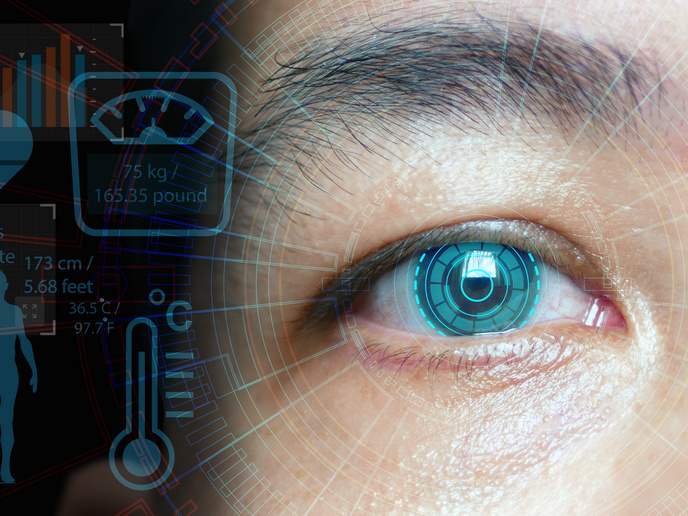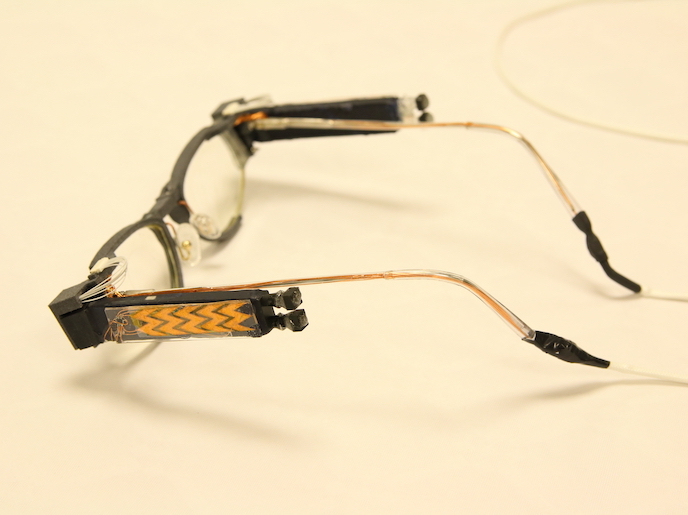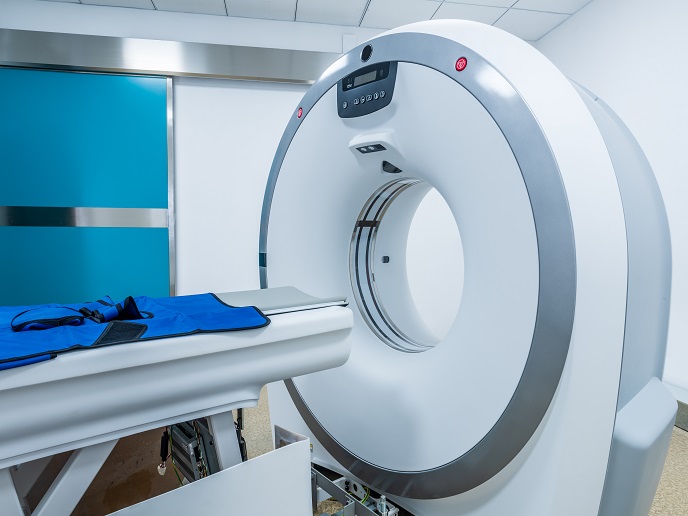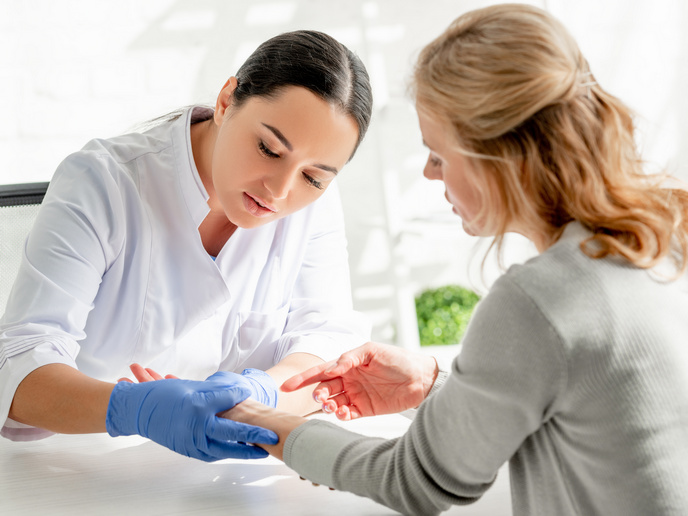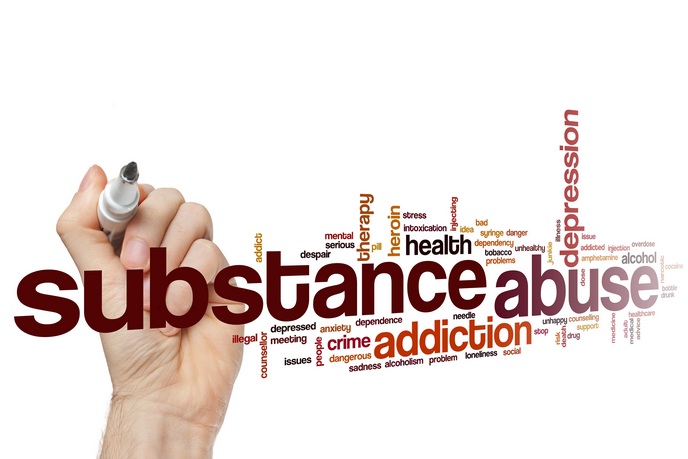Technological leap in health monitoring and road safety
Nowadays, sensors are everywhere; they are an integral part of health monitoring devices and are frequently employed in the automotive sector for transport control and smart mobility. The efficacy of these sensors relies on their ability to observe and interpret human health and behaviour as well as environmental parameters. The EU-funded NextPerception(opens in new window) project envisions intelligent sensing systems that operate securely and reliably. The consortium comprises 43 partners from seven countries and has dedicated efforts to enhance the features and elevate technologies like radar, LiDAR(opens in new window) and cameras to new heights. “The innovations of NextPerception will provide new opportunities in health and well-being, especially for monitoring elderly people at home or discretely assessing their health,” explains project coordinator Johan Plomp.
Vitality monitoring of the elderly
The consortium improved radar technology to detect vital signs, advancing both sensor hardware and data analysis methods. Remarkably, the radar developed for sleep monitoring demonstrated accuracy in detecting breathing and heart rates comparable to established standards used in sleep laboratories. Importantly, it yielded promising results in detecting sleep apnoea remotely. Frailty is a common issue among the elderly, associated with increased vulnerability and age-associated decline in certain functions that lead to an increased risk of falls. NextPerception developed a radar-based vital sign monitoring and weight-sensing chair for frailty detection. While observations are confined to the radar-covered area and require the person to be at rest for vital sign detection, the technology boasts a definite advantage. As Plomp highlights: “The unobtrusive nature of the technology allows observations to be done without the need for wearables or cumbersome technologies that disturb daily routines.”
Traffic monitoring
Monitoring in traffic is challenging due to changing weather and lighting conditions. NextPerception focused on monitoring drivers, as well as vulnerable road users like cyclists and pedestrians. The overall aim was to improve driver vigilance and enhance pedestrian and cyclist safety. While cameras are the standard choice for observations, infrared cameras, radar, and LiDAR emerged as robust alternatives, especially under challenging conditions. Additionally, the consortium employed inertial measurement units (IMUs) – including accelerometers, magnetometers, and gyroscopes – for tracking and understanding motion in both people and vehicles. For precise vehicle geopositioning(opens in new window), IMUs often collaborate with global navigation satellite systems. However, these sensors suffer from gradual reading changes over time and inherent inaccuracies. To address this and enhance device accuracy, the project introduced compensation algorithms using machine learning approaches. An encouraging outcome were the fusion algorithms in the road sensor unit, combining infrared camera, radar and LiDAR signals for robust pedestrian and cyclist detection. This technology holds great potential for the development of traffic observation solutions that consider vulnerable road users.
Future sensing technologies
NextPerception has exemplified how innovative perception sensor technologies can revolutionise vital sign monitoring and behaviour observation. To surpass the limitations of single-sensor solutions, the follow-up project (DistriMuSe) aims to develop multi-sensor systems that offer improved coverage and accuracy. Looking ahead, Plomp concludes: “Through sensor innovations, NextPerception is expected to have a significant impact on health monitoring of the elderly and bolster safety in the ever-evolving transportation landscapes.”



